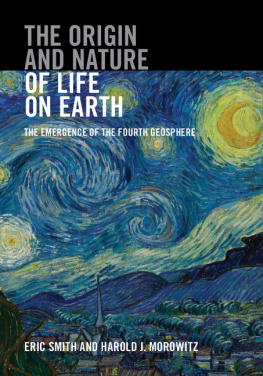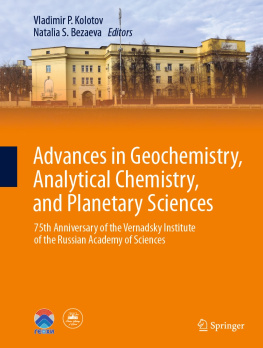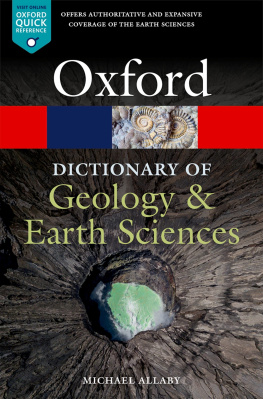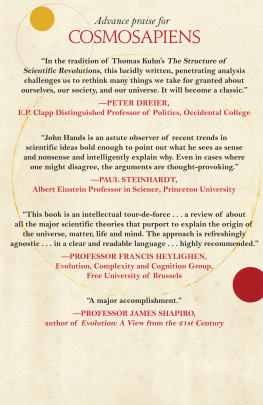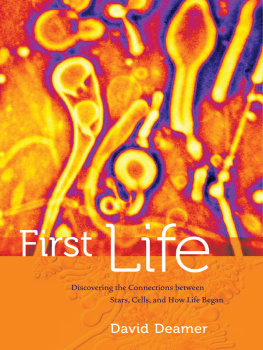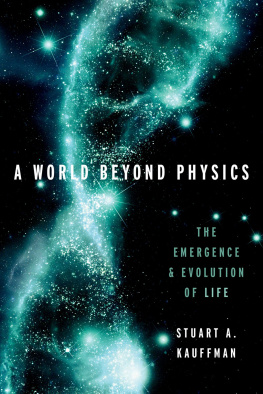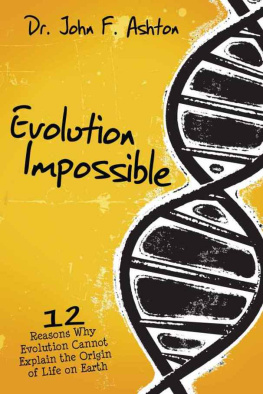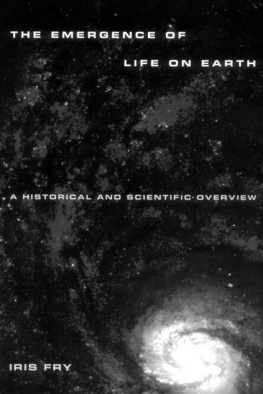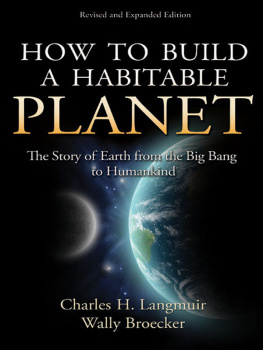THE ORIGIN AND NATURE OF LIFE ON EARTH
The Emergence of the Fourth Geosphere
Uniting the conceptual foundations of the physical sciences and biology, this ground-breaking multi-disciplinary book explores the origin of life as a planetary process.
Combining geology, geochemistry, biochemistry, microbiology, evolution, and statistical physics to create an inclusive picture of the living state, the authors develop the argument that the emergence of life was a necessary cascade of non-equilibrium phase transitions that opened new channels for chemical energy flow on Earth. This full-color and logically structured book introduces the main areas of significance and provides a well-ordered and accessible introduction to multiple literatures outside the confines of disciplinary specializations, as well as including an extensive bibliography to provide context and further reading.
For researchers, professionals entering the field, or specialists looking for a coherent overview, this text brings together diverse perspectives to form a unified picture of the origin of life and the ongoing organization of the biosphere.
ERIC SMITH is External Professor at the Santa Fe Institute, Research Professor at George Mason University, and Principal Investigator at the Earth-Life Science Institute, Tokyo Institute of Technology. He is a physicist specializing in the origin of life, non-equilibrium systems, economics, and the evolution of human languages.
HAROLD J. MOROWITZ is Clarence J. Robinson Professor of Biology and Natural Philosophy at George Mason University. He was the founding director of the Krasnow Institute for Advanced Study at George Mason University, and is Chairman Emeritus of the Science Board at the Santa Fe Institute.
University Printing House, Cambridge CB2 8BS, United Kingdom
Cambridge University Press is part of the University of Cambridge.
It furthers the Universitys mission by disseminating knowledge in the pursuit of education, learning and research at the highest international levels of excellence.
www.cambridge.org
Information on this title: www.cambridge.org/9781107121881
Cambridge University Press 2016
This publication is in copyright. Subject to statutory exception
and to the provisions of relevant collective licensing agreements,
no reproduction of any part may take place without the written
permission of Cambridge University Press.
First published 2016
Printed in the United Kingdom by Clays, St Ives plc
A catalogue record for this publication is available from the British Library
Library of Congress Cataloguing in Publication data
Names: Smith, Eric, 1965 author. | Morowitz, Harold J., author.
Title: The origin and nature of life on Earth : the emergence of the fourth geosphere / Eric Smith (Santa Fe Institute, George Mason University, Tokyo Institute of Technology), Harold J. Morowitz (George Mason University, Virginia).
Description: New York, NY : Cambridge University Press, [2016] | ?2016 Identifiers: LCCN 2015041999 | ISBN 9781107121881 | ISBN 1107121884 Subjects: LCSH: LifeOrigin. | Earth (Planet)Origin. | Biosphere. | Earth sciences.
Classification: LCC QH325 .S56 2016 | DDC 570dc23
LC record available at http://lccn.loc.gov/2015041999
ISBN 978-1-107-12188-1 Hardback
Cambridge University Press has no responsibility for the persistence or accuracy of URLs for external or third-party internet websites referred to in this publication, and does not guarantee that any content on such websites is, or will remain, accurate or appropriate.
Contents
Preface
It has been almost a century since the inquiry into lifes origin has been reinvigorated following several decades of quiescence influenced by Louis Pasteurs elegant experimental demonstration that microbes were not spontaneously generated in flasks of nutrient broth appropriately aerated to prevent the entry of airborne particles. It has been a century in which biochemistry and biophysics have completely altered our core understanding of the living world and consequently opened up a series of powerful experimental, theoretical, and computational approaches. In this new light, two of us independently thinking of first life were some fifteen years ago introduced by colleagues at the Santa Fe Institute who had detected some common points of interest in what we were investigating, one from the top down and the other from the bottom up from the phenomenology of the living world with an emphasis on biochemistry and biophysics and from the underlying physics and chemistry and statistical theory that impose a necessary order.
A common theme was that life on Earth was not the outcome of an isolated event as suggested by the Chance and Necessity school but a planetary property that appeared early in the history of the planet and spread in a spontaneous way. What we designate life or proto-life has existed over most of the lifetime of planet Earth. The universality of the phenomenon and the massive flux of matter and energy due to the huge interaction of organisms and their products with the rest of planetary matter led us to return to the perceptive book Geochemistry by Kalervo Rankama and Th. G. Sahama [], a work highly praised to one of us by the polymath G. Evelyn Hutchinson, dean of American ecologists. The two Finnish geochemists, acting as geological generalists, divided the planet into four geospheres : the lithosphere, the hydrosphere, the atmosphere, and the biosphere. The term biosphere had been introduced in 1875 by Eduard Suess and used in its modern sense some years later by the perceptive geochemist Vladimir Vernadsky.
What we wish to understand from a scientific point of view is how the newly formed planet, condensing approximately 4.6 billion years ago, was transformed over time into the present verdant world, home to millions of species and the abode of Homo sapiens , a taxon including individuals like ourselves, who are somehow impelled to ask the foundational questions that this work tries to answer. What was clear from the outset was that such a study must be embedded in the domains of physicists, chemists, geologists, and biologists aided by the analytical tools of mathematics and reified by database mining and computation. Using the baseball phraseology of the double play (Tinker to Evers to Chance), we are in the world of Pauli to Pauling to Woese. Wolfgang Pauli provided a formalism to generate the periodic table of elements within the domain of quantum mechanics and particle physics. Linus Pauling has provided the context to see in a systematic way how these atomic elements give rise to a huge number of structures, large and small, that, comprehensibly, are able to perform exquisitely complex chemical functions. Carl Woese showed why in the whole world of biota, phylogeny in its most general sense must be understood from its biochemical foundations as well as seen from its more classical perspectives. He worked at incorporating biochemistry and molecular biology into a more global biological perspective. The whole and its parts must be studied jointly. Several names of scientists have been and will be mentioned in this preface and throughout the book. We tend to think of the discipline in terms of those predecessors upon whose shoulders we stand. Science at its best is a community of scholars, and we have been privileged to have some of these as colleagues and friends.
The universe of entities we deal with has something on the order of twenty million species, yet the metabolic charts of all of these species map in major parts onto a single chart of intermediary metabolism, whose representation was developed and refined by the lifetime labors of scientist Donald Eliot Nicholson and his colleagues. This continuity of metabolism over four billion years and countless present and extinct species argues against the view of life as the outcome of an improbable event. We reject the idea developed in Chance and Necessity by Jacques Monod [] that life is a result of chance whose origin is unfathomable. This view is inconsistent with the world that we know and with the way the living geosphere functions as part of it. We have thus rejected all reliance on frozen accidents as a dead end to our investigation of the earliest biosphere. We have also minimized appeals to panspermia, because there is often too much of a biogenesis-of-the-gaps character to arguments: we reason at the level of components where we have been unable to form a systems understanding of chemistry on Earth. When some components seem difficult to account for on this planet, we appeal to planets whose chemistry is less well understood than our own as a source for them, generating a host of new system-assembly and causation problems seemingly more intransigent than those with which we began.

